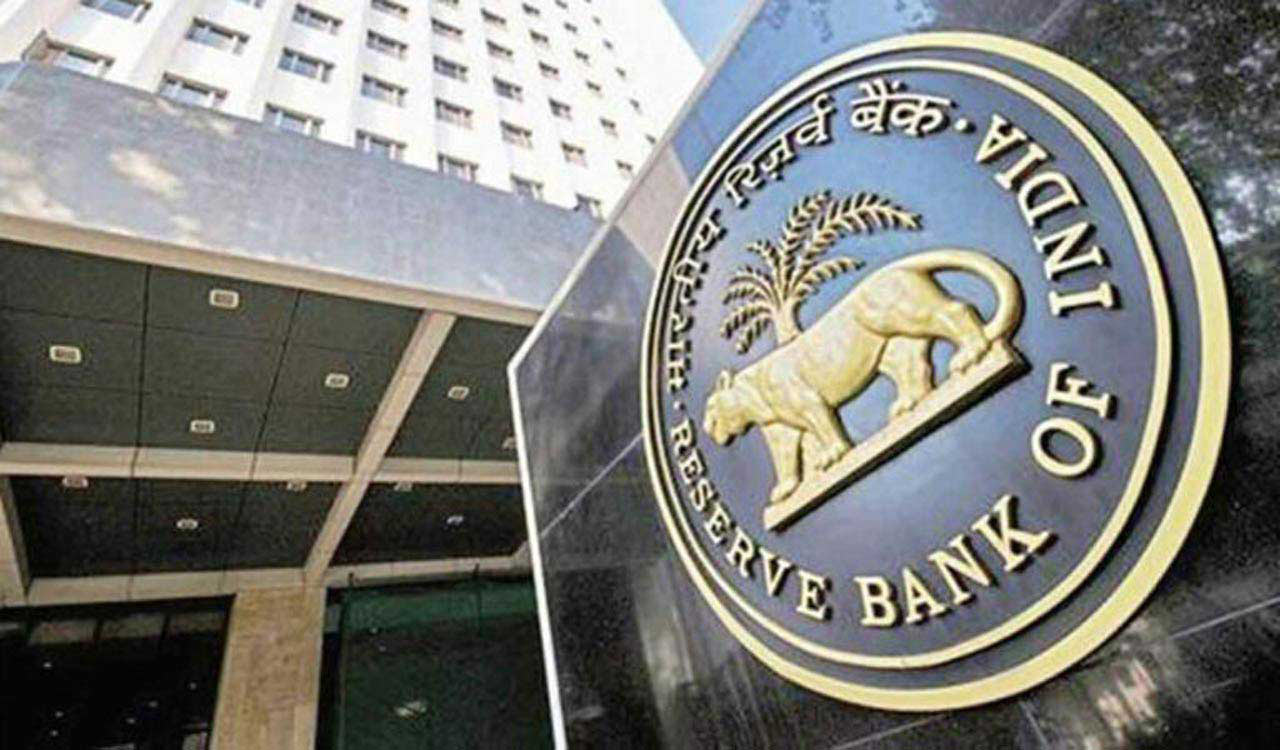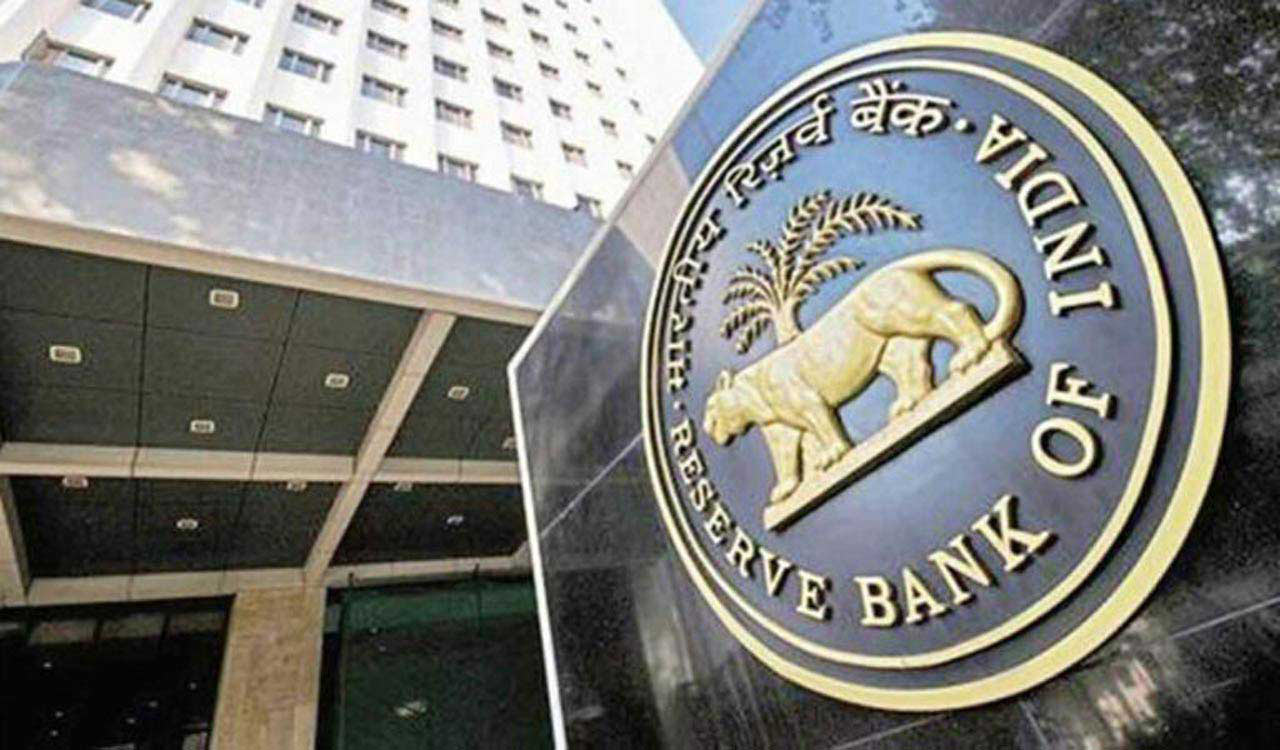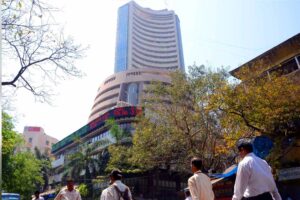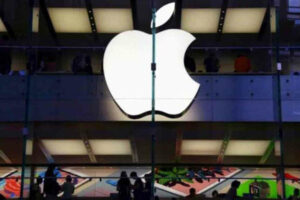Reserve Bank is likely to maintain status-quo on the key interest rates for the third time in a row in its upcoming bi-monthly policy review
Published Date – 05:50 PM, Sun – 30 July 23

New Delhi: The Reserve Bank is likely to maintain status-quo on the key interest rates for the third time in a row in its upcoming bi-monthly policy review despite the US Federal Reserve and the European Central Bank hiking benchmark rates, as domestic inflation is within the RBI’s comfort zone, say experts.
The borrowing cost which started rising in May last year has stabilised with RBI keeping the repo rate unchanged at 6.5 per cent since February when it was raised from 6.25 per cent. In the previous two bi-monthly policy reviews in April and June the benchmark rate was retained.
The RBI Governor-headed six-member Monetary Policy Committee (MPC) is scheduled on August 8-10. The policy decision would be announced on August 10 by Governor Shaktikanta Das.
“We do expect the RBI to hold on to a status quo position on both rates and stance. The reason is that while inflation is presently running at less than 5 per cent there would be some upside risk to this number in the coming months with prices of vegetables and pulses going up sharply. Therefore, an extended pause is expected,” said Madan Sabnavis, Chief Economist, Bank of Baroda.
In fact, he added that with the RBI having a forecast of inflation of 5.4 per cent for the third quarter, it looks unlikely that the repo rate or stance may be changed till the beginning of the next calendar year.
Upasna Bhardwaj, Chief Economist, Kotak Mahindra Bank said: “On the policy stance, since the liquidity conditions have turned favourable post the announcement of the withdrawal of the Rs 2,000 note, we expect the RBI to continue to hold on to the current stance of ‘withdrawal of accommodation’”.
All eyes will be on how domestic inflation plays out and the global cues that are suggesting a greater probability of a peak out of the US Fed’s monetary tightening cycle, thus easing, Bhardwaj added.
Last week, the US Federal Reserve increased interest rate by 25 basis points to 5.25-5.5 per cent, taking it to a multi-year high.
The European Central Bank on Thursday announced a new rate increase of a quarter percentage point, bringing its main rate to 3.75 per cent.
The European Central Bank too has increased its main rate by a quarter percentage point.
India’s retail inflation based on Consumer Price Index (CPI) rose to a three-month high of 4.81 per cent in June, mainly on account of hardening prices of food. The inflation, however, remains within the RBI’s comfort level of below 6 per cent.
The government has tasked the central bank to ensure retail inflation remains at 4 per cent with a margin of 2 per cent on either side. The central bank mainly factors in the CPI to arrive at its bi-monthly monetary policy decision.
Aditi Nayar, Chief Economist, Head Research and Outreach, ICRA said that the surge in vegetable prices is likely to push the CPI or retail inflation above 6 per cent in July 2023. Moreover, the average for this quarter would exceed the latest estimate for the second quarter that the MPC released in June 2023.
“As a result, we expect the MPC’s commentary to be fairly hawkish, amid a continued pause on the repo rate and stance in the upcoming policy review,” she said.
On expectations from the upcoming RBI Policy, V Swaminathan, Executive Chairman, Andromeda Sales said the central bank will maintain the status quo and opt for hawkish stance in view of the recent rate hikes announced by the Federal Reserve and European Central Bank.
“Secondly, the retail inflation may not ease to the anticipated levels on account widespread rains and disruption in supply chain due flooding in different parts of the country. Taking into account these factors the best possible course for the central bank would be to go in for the status quo for the third time in a row,” he added.
Lakshmi Iyer, CEO-Investment and Strategy, Kotak Investment Advisors said that the tone and texture taken by the MPC will be more relevant for markets.
“But looking at global macro, India’s wait for a rate cut may just get longer and an extended period of status quo remains,” Iyer said.
The last MPC meeting was held during June 6-8.
The MPC consists of three external members and three officials of the RBI. The external members on the panel are Shashanka Bhide, Ashima Goyal, and Jayanth R Varma. Besides Governor Das, the other RBI officials in MPC are Rajiv Ranjan (Executive Director) and Michael Debabrata Patra (Deputy Governor).




